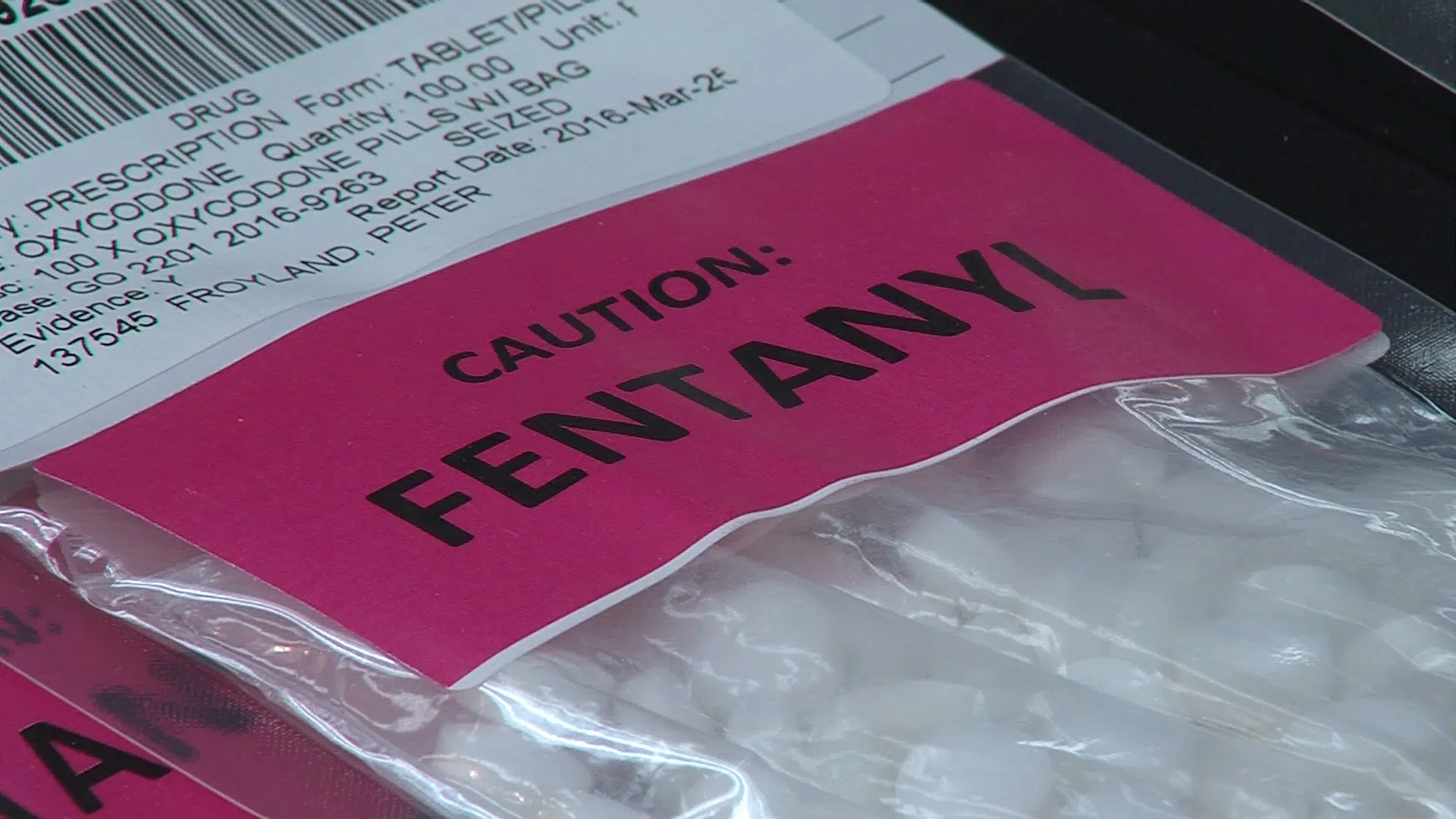
B.C. overdose death rates hit new high, chief coroner says ‘opioid naive’ at risk
VANCOUVER — The death toll from drug overdoses is still rising in British Columbia but the chief coroner says the count would be higher if it weren’t for harm prevention measures.
The coroner’s service said Wednesday there were 136 suspected overdose deaths in April.
Chief coroner Lisa Lapointe said with the number of overdose deaths at 488 so far this year, the province is on track for about 1,500 deaths in 2017, far higher than the 931 who died last year.
But she said that figure could have been as high as 5,000 deaths if prevention measures weren’t taken.


